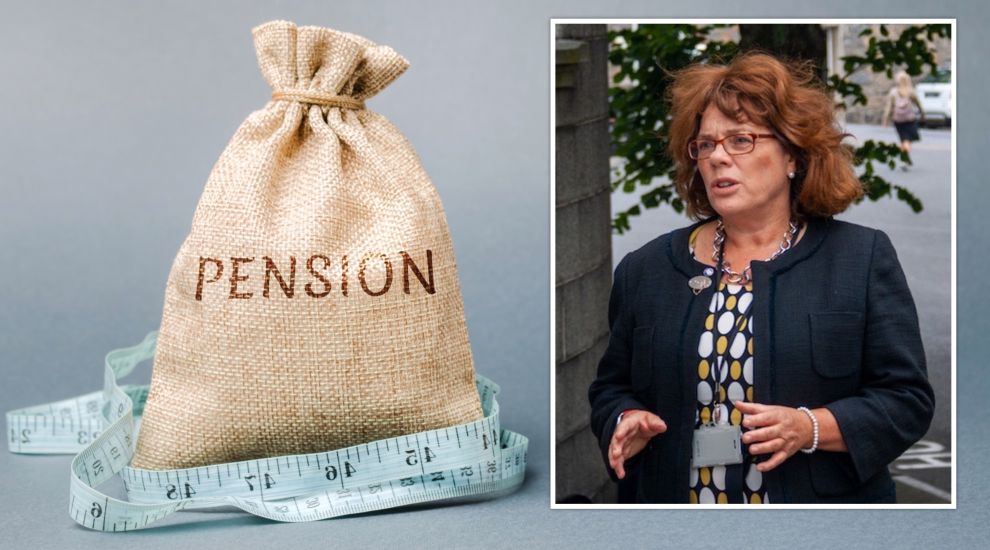


The details of what an auto-enrolled secondary pension scheme would look like in Guernsey have been released by Employment and Social Security.
The plans to have the system in addition to the basic States pension were approved in principle by the States in 2016, and now ESS are back with the detail, which involves a partnership with the UK pension firm Smart Pension Ltd.
The proposals are based on the UK’s auto-enrolment system which has resulted in 10 million more people saving into a pension scheme, and with an opt-out rate of only 9%.
If the proposals are approved, from 2022, Guernsey employers will have to enrol their employees into an approved pension scheme - it will be called YIP, Your Island Pension. An employee may subsequently decide to opt out of YIP, but they have to be enrolled first. People who stay in their secondary pension scheme will also get the benefit of a contribution from their employers, as well as tax relief on their own contributions in line with current income tax rules and limits.

Pictured: A tech-based company, Smart Pension will be operating a digital platform, so people can view their pension through an app.
"Unless we take steps to actively encourage saving, pensioner poverty will be a major problem in future. Many people know this, and would like to be saving more, but don’t know which pension product to take out or are worried by what they have heard about high charges eating away at returns. Our proposals are going to offer a good pension product at relatively low charges," Deputy Michelle Le Clerc, President of ESS, said.
"We expect the total annual management charge, including investment fees to be below 1%. A Secondary Pensions Policy operating alongside the States Pension will diversify and strengthen retirement income, particularly for low to median earners.”
Of course, some employers already provide pensions for their staff, and this can continue as long as the scheme is approved by the Revenue Service. Employers who don’t already have a scheme are likely to use the new pension system that will be run at arm’s length by a Governing Board appointed by the States and with Smart Pension Ltd as the scheme administrator.

Pictured: Contributions to the scheme will start in Year 1 at 1% of earnings from both the employee and the employer. The rates will increase gradually until, in Year 8, the contribution is 6.5% from the employee and 3.5% from the employer, making 10% in total.
If an employer already pays higher rates than the level of contribution required, they can continue to do so if they want, but they can also reduce the contribution required from the employee as long as the combined amount is at least 10%. The scheme will also welcome any additional or above-minimum contributions.
YIP will be available to self-employed and non-employed people. As they don’t have an employer, they cannot easily be auto-enrolled, but will be welcome to opt-in.
In the policy letter, ESS are recommending that the States make a loan of £800,000 to Smart Pension during the set-up period, as a sharing of the commercial risk. The loan will be repayable two years after the scheme has launched.
ESS are also recommending that the costs of the Trustee and support services in Guernsey, of around £400,000 per year, be also covered under loan arrangements. The amounts of the annual loans would decrease as funds under management accumulated and the Trustee arrangements would, by around Year 10, be fully covered within the annual management charge.
It has been estimated that over 25,000 working age people in Guernsey are not currently contributing to an occupational or personal pension scheme.
Setting up the scheme will need new legislation, which is why ESS say the earliest start date of 2022.
Pictured top: Deputy Michelle Le Clerc, President of ESS.
Comments
Comments on this story express the views of the commentator only, not Bailiwick Publishing. We are unable to guarantee the accuracy of any of those comments.